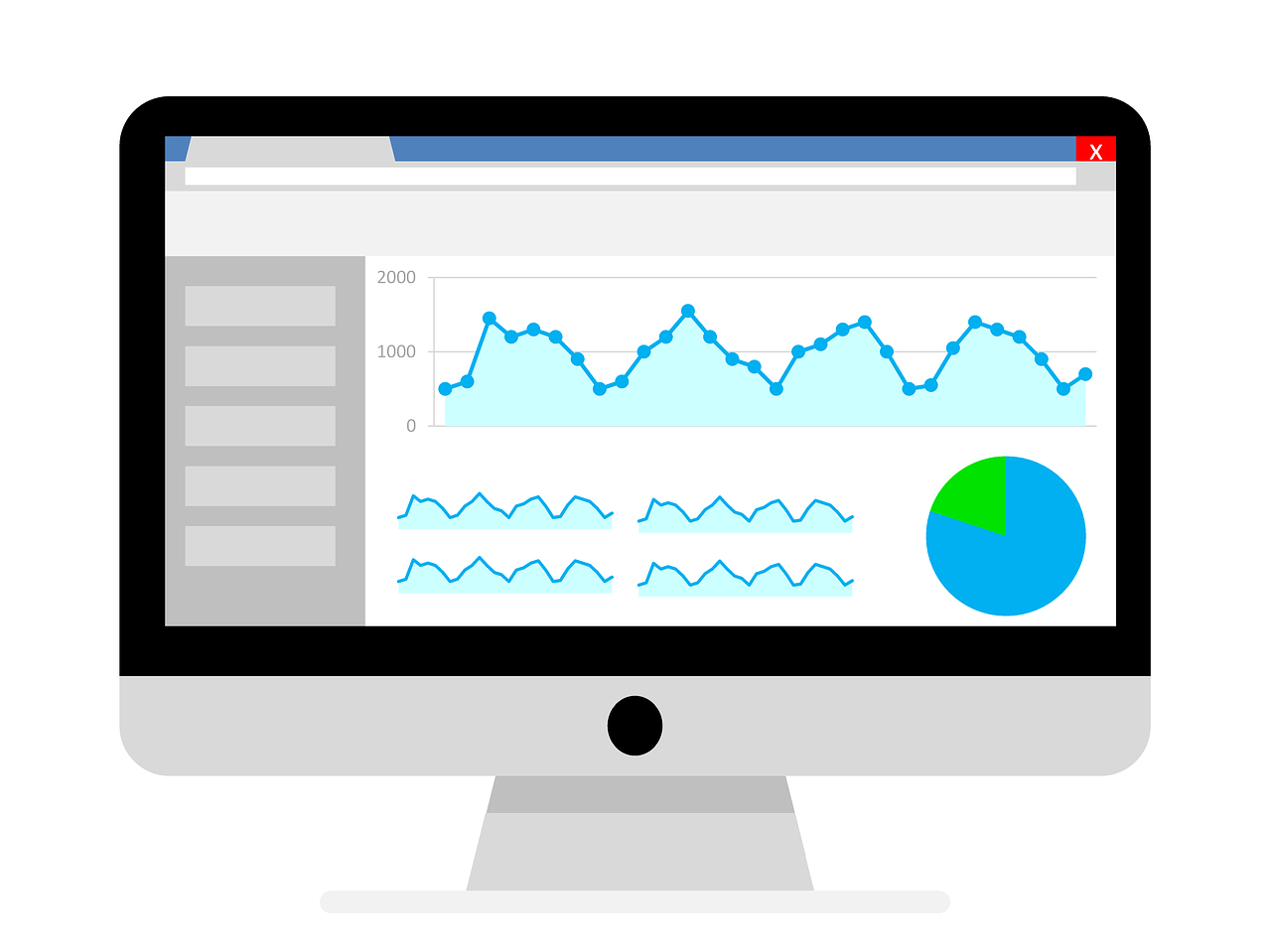If you’re a marketer, there are no two ways about it – the pandemic changed your whole world overnight, and you’ve spent the last 11 months reviewing, reacting, pivoting, predicting and then pivoting all over again.
But the thing is, it isn’t all over yet.
In May 2021, Google will roll out their addition of a set of page experience signals they call Core Web Vitals into search rankings – and the impact is set to be sizeable.
Of course it’s not as though we weren’t told this was coming – the original announcement was in May last year – but we’ve perhaps all had our minds on other things during this time and now the clock is ticking. What then are these page experience signals, and why do they matter?
What are ‘Page Experience Signals’?
In Google’s own words “These signals measure how users perceive the experience of interacting with a web page and contribute to our ongoing work to ensure people get the most helpful and enjoyable experiences from the web.”
Some of these you’ll already know about. Does your site run https for example? Is it mobile-friendly? Is it safe? Accessible? No doubt your site is already performing well for these things – perhaps even having been designed for them from the ground up.
The Core Web Vitals however are a little less well known and it’s unlikely that your site has been built with them in mind.
What are the ‘Core Web Vitals’?
Google’s Core Web Vitals are three metrics called Largest Contentful Paint, First Input Delay and Cumulative Layout Shift. There’s a lot of information out there on these but, for the purposes of this introductory post, I’ve tried to break them down really simply:
- Largest Contentful Paint: the amount of time it takes to make the largest element on your device’s available display visible to you
- First Input Delay: I’ll borrow an analogy from our friends at SEO agency Found here who refer to this as being like ‘measuring the time from ringing someone’s doorbell to them answering the door’ (i.e. the time taken for the browser to begin processing your user’s first interaction with your page)
- Cumulative Layout Shift: you know when you see the thing you want to click, click it and then actually as the page loads you realise you’ve clicked something else? That.
So why do Core Web Vitals matter now?
The long and short of it is that Google wants to prioritise those results in its SERPs (Search Engine Results Pages) that offer the user the best possible page experience. In other words, when you click through to your chosen search result, you get what you need quickly and easily – without any hiccups along the way.
And in May 2021, the Core Web Vitals will become central parameters in determining what the ‘best possible page experience’ looks like. Read on for more about why this matters to you, and what you need to do in response.
"Page experience has long been a focus for Google, but these new metrics put a larger emphasis on what it means to offer users the best possible experience. To neglect these metrics would be to neglect the anticipated needs of your audience; sacrificing your ability to appear in the top organic positions in search results."
What are my competitors doing about this?
As I mentioned up front, the last 11 months have been beyond challenging for marketing teams and website managers and, from what we’re seeing, many of them haven’t yet addressed their site’s Core Web Vitals performance.
The impact of that of course is that, come the update, rankings are likely to drop – and organic traffic with it.
It would be folly however to think that if everyone’s in the same boat that time is on your side. Just as it would be unwise to assume that because you think your site is performing well, Google has the same opinion.
On the latter, it’s important to know that there’s a difference between what you might call ‘felt’ performance and measured performance so, though your site might be performing well for its users (lauded even by your stakeholders), it can still have a serious problem when it comes to Core Web Vitals.
And, on the former, are you really willing to take the risk that your competitors might have been quietly working on this in the background, and see them potentially leapfrog you in the search rankings come May? In this scenario, they would be reaping the reward from the change, while you are quickly trying to mobilise in order to repair the damage.
Plus, to be honest, these measures aren’t being prioritised by Google for no reason. There’s a clear correlation between high page experience scores and conversions so it’s not just about findability, but key commercial metrics too.
What do I need do?
The quickest way to get a handle on your current performance is to jump over to the Page Speed Insights tool and plug in your key URLs. If your score is in the red or amber zone, you need to take action and soon. Making that leap from red to amber, and amber to green can be difficult, and is often complicated by the use of plugins or disparate external services. Difficult but not unachievable…
As for what action to take – a good first step would be joining us and SEO agency, Found for our upcoming event ‘Lifting the Lid on Core Web Vitals’. I’ll be chatting with Found’s SEO Account Director Joanna Jeske and Box UK’s Head of Development Pete Withers-Jones about the upcoming change, and there’ll be plenty of important insight to take away.
Alternatively, if you’ve seen your scores and are ready to get started on this now, just like Dexerto did, drop us a line for a conversation about how we might be able to support you today.

